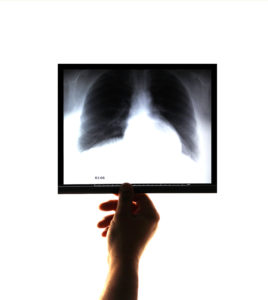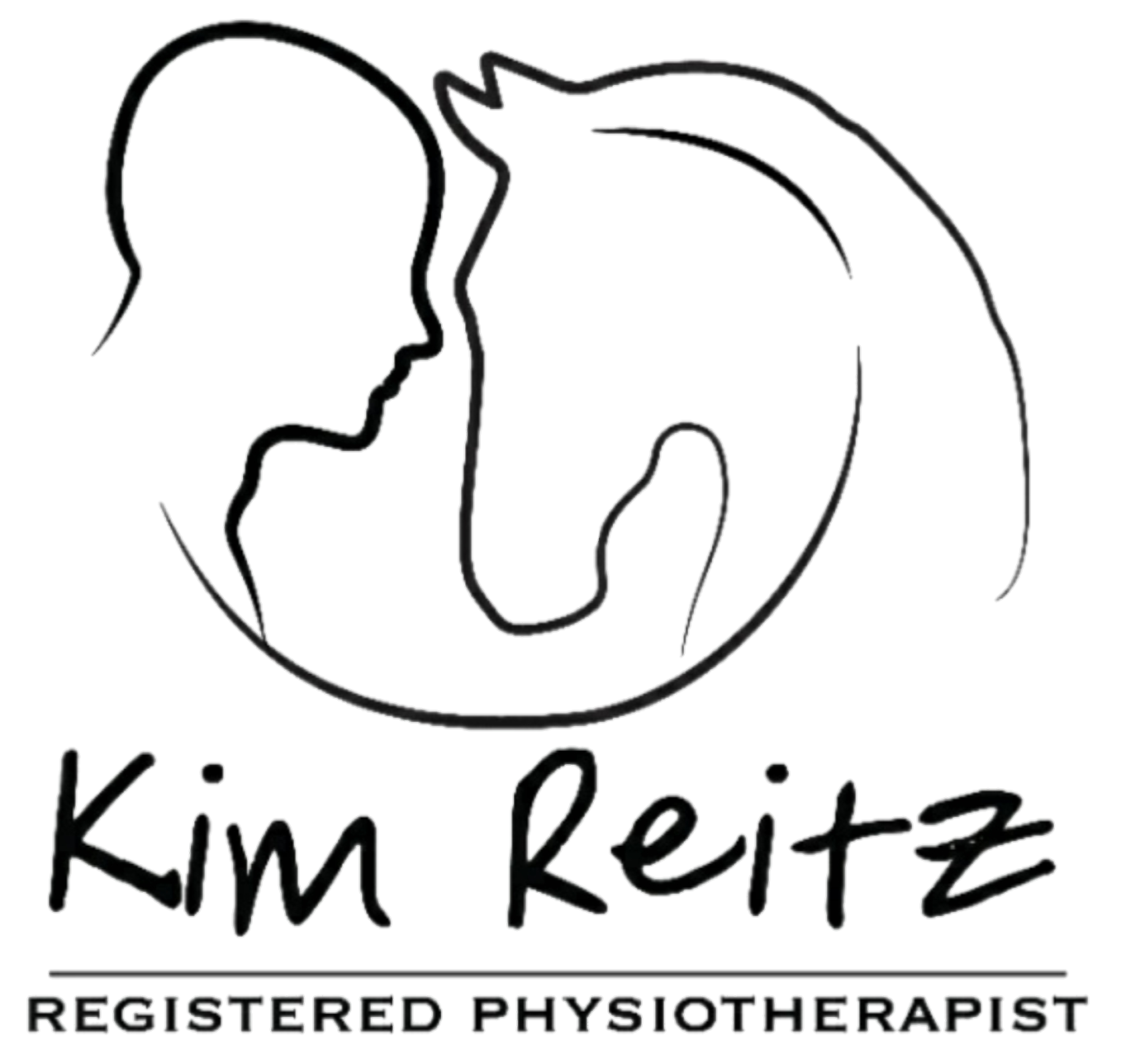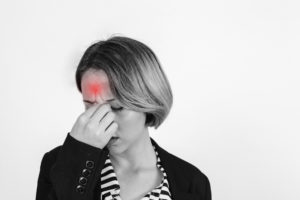Bronchitis and Chest Infections

With winter approaching, chest infections and bronchitis are more prevalent. Many people suffer from colds, which, if not managed correctly, can result in chest infections, bronchitis and pneumonia. This adds to the current burden placed on society by coronavirus, or Covid-19. Confusion arises as Covid-19 has many of the same symptoms as your common cold or flu.
The common cold is a viral infection of the upper respiratory tract. It may be accompanied by a sore throat, congested sinuses, sneezing, coughing, headache and fever. Treatment is symptomatic, and this infection is usually mild and self-limiting. However, secondary bacterial infections may occur, resulting in sinusitis, pharyngitis or ear infections. Pneumonia may develop in those with pre-existing medical conditions, especially the very young and the elderly.
A cold that goes to your chest is also known as acute bronchitis. This means that the lining of the airways in the lungs have become inflamed. Symptoms include a productive cough, shortness of breath, wheezing and general chest discomfort. The cough that accompanies acute bronchitis can last up to three weeks. Treatment is also symptomatic, but where secondary infection occurs, antibiotics may be prescribed.
Physiotherapy is useful in helping to treat these conditions. The congestion in the sinuses can be treated with laser therapy, ultrasound, soft tissue mobilisation or dry needling. These modalities help to stimulate the nerves to drain the sinuses, which helps to prevent secondary infections. Physio can also help to clear the secretions in the chest that accompany bronchitis, which, in turn, helps minimize the use of antibiotics as it helps to prevent infection. Commonly, nebulisation with a prescribed medication or saline is used, and the physio will do percussions and vibrations on your chest to help mobilise the secretions. These are done in a postural drainage position, which targets specific lobes of the lungs. Breathing exercises also help to decrease wheezing and control shortness of breath.
If you have any of the symptoms mentioned above, please consult with your healthcare professional to determine whether or not a covid test is indicated. Please stay safe and healthy, and make an appointment with your physiotherapist to clear your lungs and sinuses.
Lower Back Pain

Lower back pain is the result of pathology of the anatomical structures in the area, such as the muscles that support and move the spine, the joints, ligaments, nerves and intervertebral discs of the lumbar spine. Compression or irritation of a spinal nerve root could also cause pain to be referred into either one or both legs. It is often accompanied by muscle spasm which has a protective function, to support injured structures and allow them to heal. Non-specific lower back pain is when no specific cause can be identified, but all the more serious pathologies such as fractures or infection has been ruled out.Chronic lumbar pain is the consequence of adaptations that your body makes to its central nervous system, which increases the sensitivity of the body to stimuli that would not normally be aggravating.
Treatment usually involves a multidisciplinary team of healthcare professionals, to allow you the best chance at recovery with a lessened chance of recurrence. Your GP would be able to provide you with anti-inflammatory and pain medication, which would help to speed up healing. A physiotherapist, who is also a first-line practitioner, would then assess you and perform certain physical tests to try to isolate the structures at fault. They would then treat the appropriate structures using a combination of soft tissue mobilisation, joint mobilisation, electrotherapy modalities and stretches to encourage healing and return your back to normal mobility and function. This would all form part of the PASSIVE treatment. The physio would then help to retrain your stabilising muscles by giving you a home exercise program to continue with. This forms part of the ACTIVE treatment. They would also advise you on how to avoid recurrent episodes of back pain.
If indicated, the physio or GP could also refer you for x-rays or to an orthopaedic specialist. Conservative treatment is usually the treatment of choice as surgical treatment can often have complications, and should be a last resort.
If you are suffering from lower back pain, don’t ignore it. Make an appointment to see your physiotherapist or GP if needed, and remember to avoid long periods of inactivity as this just makes the back stiffen up even more!
Photo created by rawpixel.com – http://www.freepik.com
Headaches
Headaches will affect each and every one of us at some point in our lives, whether it’s a tension type headache or a much more severe migraine-type headache, to name only two. Normally one would take an analgesic, a non-steroidal anti-inflammatory pill or even a muscle relaxant to try to relieve the pain.
Headaches may be precipitated by stress, posture and food triggers, among other things. Sometimes the pressure and pain will be on one side of your head, sometimes on both, sometimes at the back or even in the front, in a band-like pattern above the eyes. This may be accompanied by nausea, light sensitivity or visual disturbances. In the case of a migraine, one might get an “aura”, which is an early warning system that something is coming. At this point, migraine sufferers could take an abortive medication, which helps to stop the migraine.
Physiotherapy can be very effective in managing headaches, especially those that are tension related or cervicogenic in nature. This means that they are caused by stiffness or dysfunction in the neck, mainly in the upper three cervical vertebrae as they have a nerve nucleus that interfaces directly with the head and face. By using modalities such as joint mobilisation, soft tissue mobilisation of specific muscle groups that refer pain into the neck and head, and electrotherapy to increase blood supply to the affected areas and to make them more receptive to anti-inflammatory substances that the body naturally produces. If the spasms or trigger points in the muscles are particularly stubborn and difficult to release, dry needling can be used to encourage the trigger points to release and therefore the muscles to relax.
Home management includes the application of heat, as well as stretching techniques and strengthening of the stabilising muscles of the head and neck to maintain joint and muscle health and thereby reduce the frequency of headaches.
In conclusion, if you suffer from frequent headaches or are just tired of popping a pill every time your head is sore, why not consider a visit to your physiotherapist in order to work on a more long term solution?
Background photo created by freepik – www.freepik.com

